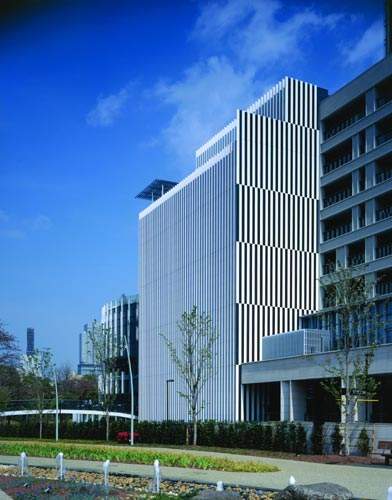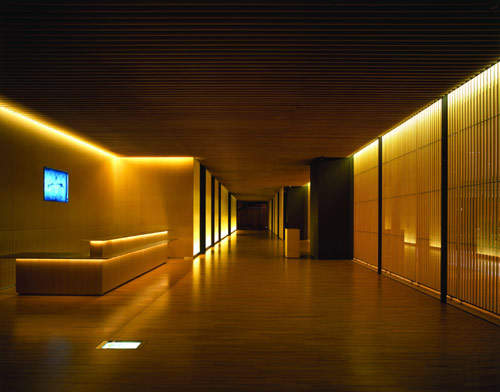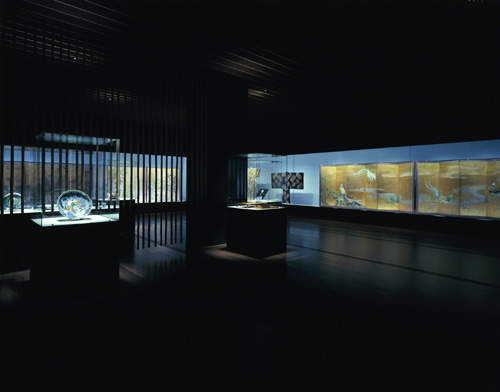A ‘Japanese-style room in the big city’ was the concept of the museum, a comfortable space where people can relax on tatami mats that are laid out on the floor. It has long been enjoyed as a most relaxing and relieving environment in a Japanese residence.
Bringing humane subtlety into the site of huge development, Tokyo Midtown, was a tremendous challenge.
Communication and transportation technology has destroyed the distance that had existed among objects, and has transfigured the entire city into a massive ‘indoor’ house. Inside large houses there are numerous corridors and dining rooms, yet there is no relaxing living room where time passes slowly and generates conversation among people, and between people and objects.
In the hope of realising a tranquil ‘Japanese-style room’ in the clamorous urban environment, the plan was drawn for the Suntory Museum of Art.
Beauty in everyday life
People of the 20th century might have expected and sought for a museum that was an exaggerated urban monument, but the people of the 21st century look for a calmer, more peaceful space. The Suntory Museum of Art worked on the theme ‘beauty in everyday life’ since the earliest stage of planning. This museum needed to reveal its natural self at the frontier of the global trend.
The ‘Japanese-style room’ is constructed of human-friendly materials cherished in our daily lives. For example, white porcelain that is kind to your skin, paulownia which maintains humidity, and white oak used for barrels. A light-adjusting device hinted from the design of the traditional Japanese window, ‘Muso-Koshi’, was placed on the frontage facing the green of the park. This device softens the scenery and light falling into the room. Japanese people have used these devices to appreciate the four distinctive seasons and the passage of time.
The Suntory Museum of Art has become a place where people are able to thoroughly appreciate the new relationship between arts and people.






